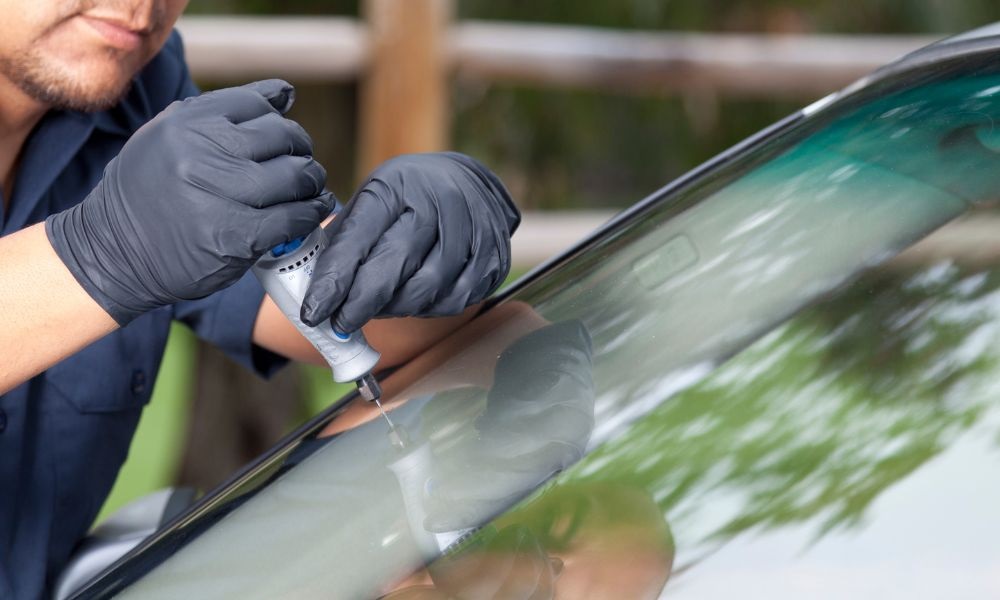
LED taillights have become the standard in modern vehicles due to their energy efficiency, longevity, and bright illumination. While they’re known for lasting much longer than traditional bulbs, premature LED failures do happen—and often for preventable reasons. Knowing what causes these early failures can help car owners take action before minor issues turn into costly repairs.
Poor Heat Management
One of the primary causes of early LED failure is excessive heat. LEDs produce much less heat than incandescent bulbs, but they are still sensitive to high temperatures. If the heat generated is not properly dissipated, it can degrade internal components over time. Poor heat sink design or blocked airflow around the taillight assembly can trap heat, causing the LEDs to fail far sooner than expected. Regular checks for debris or damage in the light housing can help prevent overheating.
Voltage Irregularities and Electrical Surges
LEDs require a consistent voltage to operate efficiently. Electrical surges, often caused by a faulty alternator, bad wiring, or damaged connectors, can lead to premature LED burnout. Even a brief surge can stress the delicate circuits within an LED system. Installing a voltage regulator or ensuring your car’s electrical system is in good health can protect LED taillights from unexpected power fluctuations that might shorten their lifespan.
Moisture Intrusion
Although many LED taillights are sealed for protection, moisture can still find its way in due to cracked lenses, broken seals, or improperly fitted housings. Water and condensation can corrode internal connections and circuits, leading to LED malfunction. Fogging inside the taillight or visible droplets are early warning signs. Ensuring that taillight seals by the Auto Repair in Palmer, MA based service are intact and promptly repairing any cracks or leaks can help preserve LED function.
Low-Quality Components
Not all LED taillights are created equal. Aftermarket LED lights or low-cost replacements may use inferior materials or lack the proper engineering required for long-term reliability. These subpar components are more prone to failure due to poor soldering, weak resistors, or inefficient heat dissipation. Choosing OEM (Original Equipment Manufacturer) parts or trusted aftermarket brands ensures you’re getting quality components that meet manufacturer specifications.
Frequent On-Off Cycling
While LEDs are more durable than traditional bulbs, they can still wear out faster if they are switched on and off repeatedly, especially in vehicles that use adaptive lighting or flashing brake systems. Frequent cycling increases thermal and electrical stress on the LEDs, gradually degrading their performance. If your car uses such systems, regular inspections are essential to ensure LED components are holding up as intended.
Conclusion
LED taillights are built to last, but their longevity depends heavily on proper care and quality. Issues like overheating, voltage surges, moisture intrusion, and substandard parts can all contribute to premature failure. With proactive maintenance and smart component choices, you can ensure your LED taillights shine bright for years to come.





